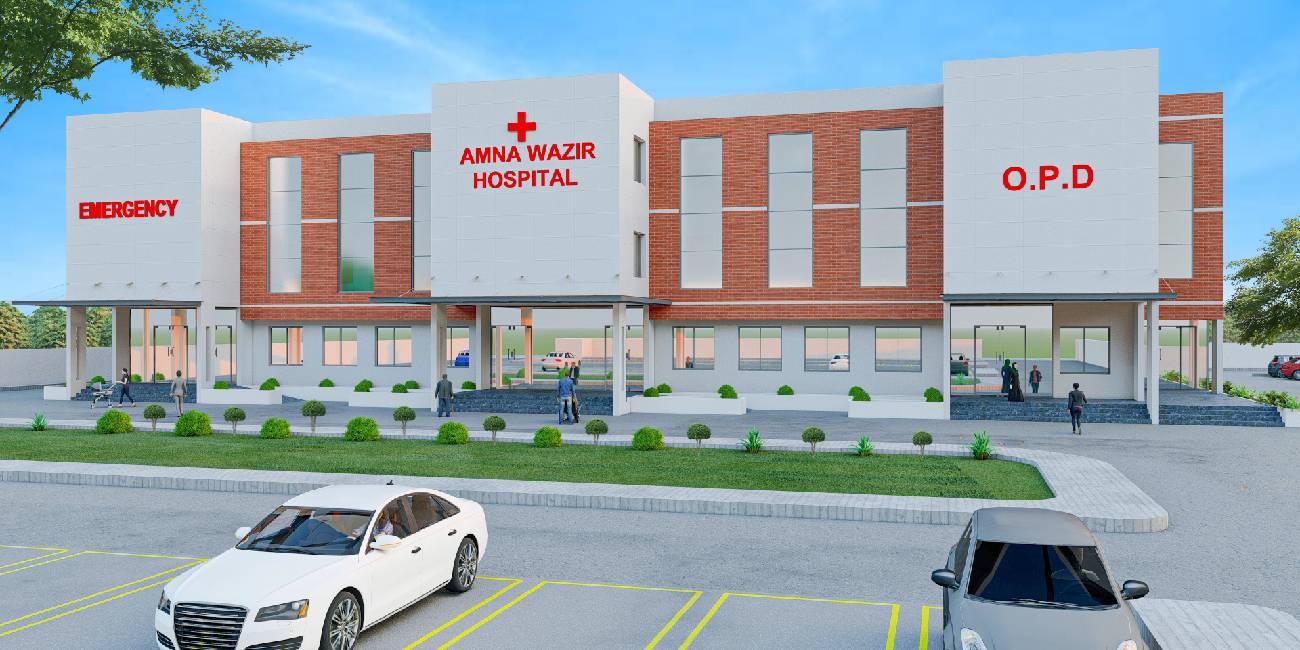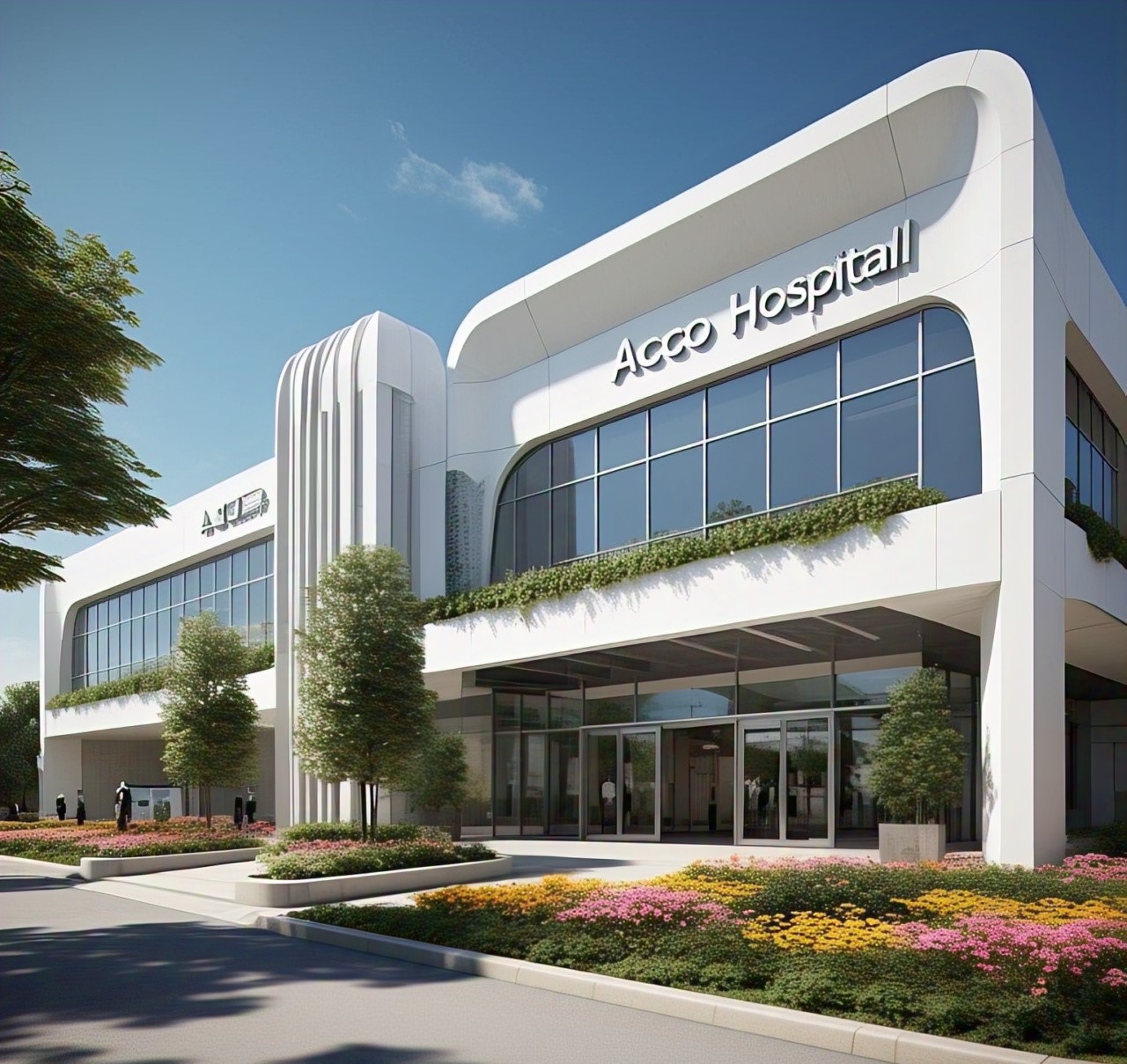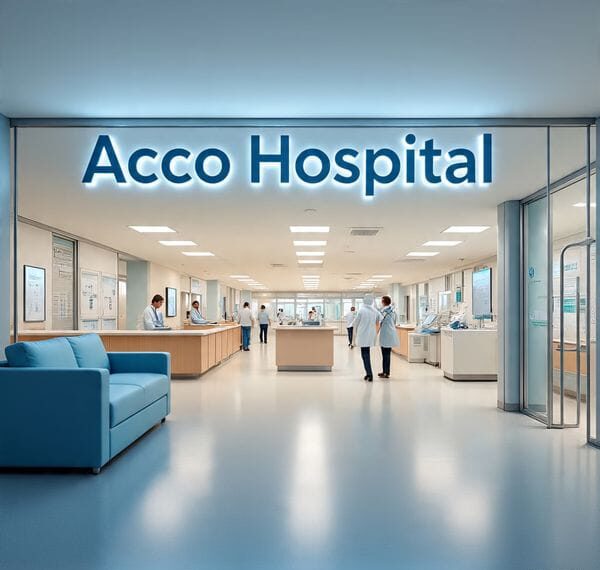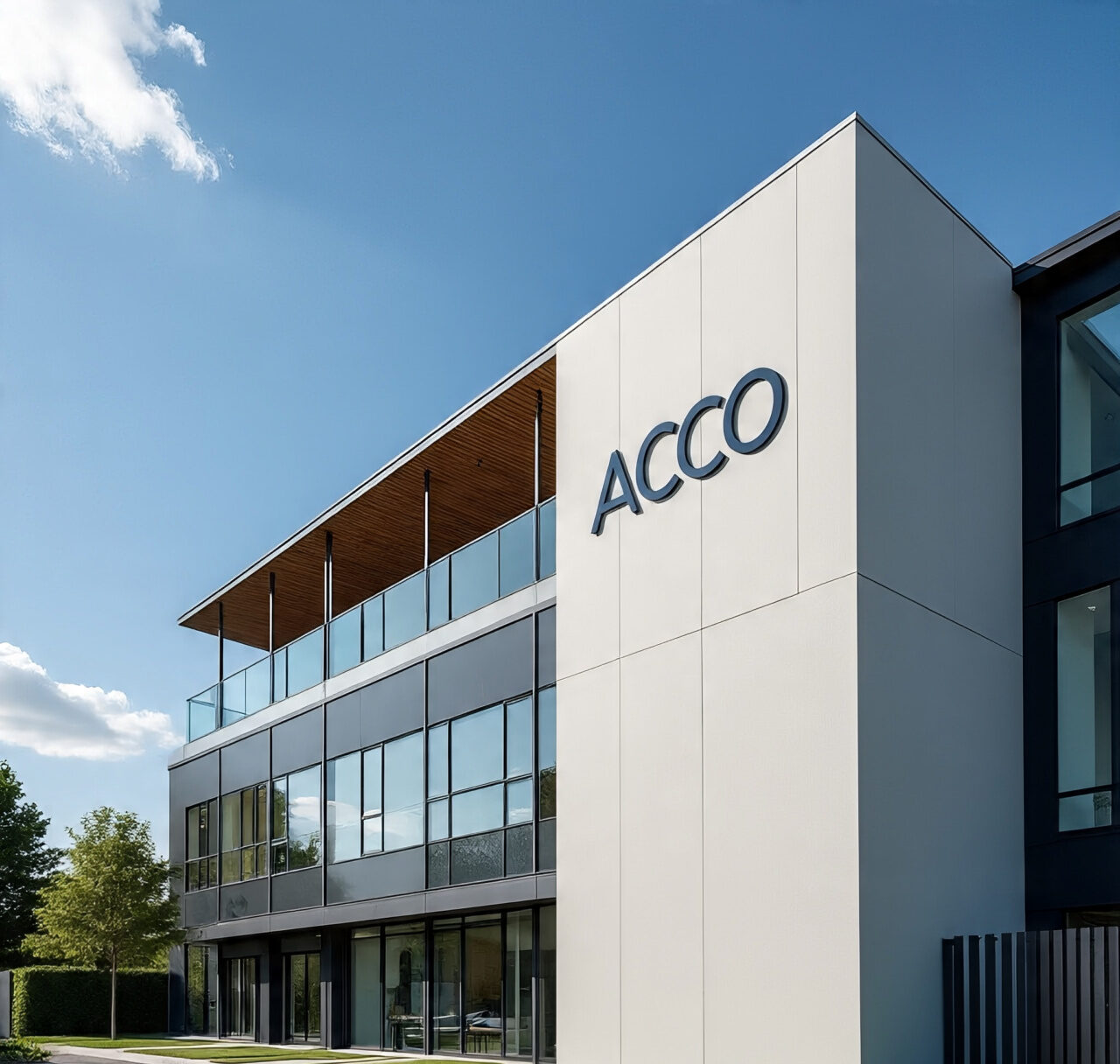
HOSPITAL DESIGN HUB: Key Considerations in Hospital Design: Balancing Functionality and Aesthetics
| Headings | Sub-Topics |
|---|---|
| Introduction | Overview of hospital design, Importance of balancing functionality and aesthetics, Brief on Hospital Design Hub |
| The Vision of Hospital Design Hub | Mission and values, Commitment to innovation and patient care, Leading the way in modern hospital design |
| Importance of Functional Hospital Design | Efficiency in operations, Safety and accessibility, Enhancing patient care |
| Aesthetic Considerations in Hospital Design | Creating a healing environment, Importance of design in patient experience, Role of aesthetics in staff satisfaction |
| Balancing Functionality and Aesthetics | Integrating functional and aesthetic elements, Examples of successful balance, Challenges and solutions |
| Design Principles for Functional Hospitals | Space planning and layout, Workflow optimization, Safety and compliance |
| Key Aesthetic Elements in Hospital Design | Color schemes and lighting, Art and decor, Natural elements and biophilic design |
| Case Studies of Balanced Hospital Designs | Examples of hospitals with successful design balance, Lessons learned, Impact on patient and staff outcomes |
| Innovations in Hospital Design | Latest trends, Technological advancements, Future outlook |
| Sustainable Design Practices | Eco-friendly materials, Energy-efficient systems, Sustainable building certifications |
| Impact of Design on Patient Outcomes | Enhancing recovery through design, Psychological and emotional benefits, Case studies and research findings |
| Staff Well-being and Productivity | Creating supportive work environments, Ergonomic design principles, Impact of design on staff retention and satisfaction |
| Community and Stakeholder Involvement | Engaging the community in design, Benefits for stakeholders, Building support for new designs |
| Challenges in Hospital Design | Budget constraints, Regulatory requirements, Balancing diverse needs |
| Role of Architects and Designers | Importance of expertise in healthcare design, Collaboration with healthcare professionals, Successful project examples |
| Retrofitting Existing Hospitals | Challenges and solutions, Case studies, Impact on operations and patient care |
| Global Perspectives on Hospital Design | International examples, Global trends, Lessons from different healthcare systems |
| Frequently Asked Questions | Common queries about hospital design, Costs, Implementation strategies |
| Conclusion | Summary of key points, Final thoughts on the importance of balanced hospital design |
HOSPITAL DESIGN HUB: Key Considerations in Hospital Design: Balancing Functionality and Aesthetics
SEO Meta-Description
Explore the key considerations in hospital design with Hospital Design Hub, focusing on balancing functionality and aesthetics to enhance patient care and operational efficiency.
Introduction
The design of a hospital plays a crucial role in both patient care and the efficiency of healthcare operations. Achieving a balance between functionality and aesthetics is essential to create environments that are both practical and healing. Hospital Design Hub specializes in designing healthcare facilities that meet these dual goals, ensuring optimal outcomes for patients and staff alike.
The Vision of Hospital Design Hub
Hospital Design Hub is dedicated to revolutionizing hospital design through innovation and a focus on patient care. Their mission is to integrate functional and aesthetic elements seamlessly, creating spaces that are efficient, safe, and conducive to healing. By leading the way in modern hospital design, Hospital Design Hub aims to set new standards in the healthcare industry.
Importance of Functional Hospital Design
Functionality in hospital design is paramount. Efficient operations, safety, and accessibility are critical factors that impact patient care and staff performance. Well-designed hospitals streamline workflows, reduce errors, and ensure that all areas are easily accessible, which is crucial in emergency situations and routine operations alike.
Aesthetic Considerations in Hospital Design
Aesthetics play a significant role in creating a healing environment. Thoughtful design elements can enhance the patient experience, reduce stress, and promote a sense of well-being. Aesthetic considerations also impact staff satisfaction, as pleasant and well-designed work environments can boost morale and productivity.
Balancing Functionality and Aesthetics
Integrating functional and aesthetic elements in hospital design requires a careful and strategic approach. Successful designs achieve this balance by considering the practical needs of a healthcare facility while also creating spaces that are visually appealing and comforting. Overcoming the challenges of this integration is essential to create effective and beautiful hospital environments.
Design Principles for Functional Hospitals
Key principles in functional hospital design include:
Space Planning and Layout: Efficient use of space to facilitate smooth workflows and easy navigation.
Workflow Optimization: Designing layouts that support clinical processes and reduce bottlenecks.
Safety and Compliance: Ensuring designs meet all safety regulations and accessibility standards to protect patients and staff.
Key Aesthetic Elements in Hospital Design
Aesthetic elements that enhance hospital environments include:
Color Schemes and Lighting: Using colors and lighting to create a calming and welcoming atmosphere.
Art and Decor: Incorporating artwork and decorative elements that promote healing and well-being.
Natural Elements and Biophilic Design: Integrating natural materials and views of nature to reduce stress and improve patient outcomes.
Case Studies of Balanced Hospital Designs
Examining hospitals that have successfully balanced functionality and aesthetics provides valuable insights. These case studies highlight design strategies that improve patient and staff outcomes, demonstrating the impact of thoughtful design on healthcare environments.
Innovations in Hospital Design
The field of hospital design is continuously evolving, with new trends and technological advancements shaping the future. Innovations such as modular construction, advanced medical technology integration, and patient-centered design are leading the way. Staying informed about these trends is essential for creating state-of-the-art healthcare facilities.
Sustainable Design Practices
Sustainability is a key consideration in modern hospital design. Eco-friendly materials, energy-efficient systems, and sustainable building certifications are crucial for reducing environmental impact and creating healthier indoor environments. Sustainable practices also contribute to long-term cost savings and operational efficiency.
Impact of Design on Patient Outcomes
Research shows that hospital design significantly impacts patient outcomes. Design elements that enhance recovery, provide psychological and emotional benefits, and reduce hospital-acquired infections contribute to better overall health outcomes. Case studies and research findings support the importance of design in improving patient care.
Staff Well-being and Productivity
Creating supportive work environments for healthcare professionals is essential for maintaining productivity and job satisfaction. Ergonomic design principles, dedicated break areas, and aesthetically pleasing workspaces help reduce burnout and improve staff retention, ultimately benefiting patient care.
Community and Stakeholder Involvement
Engaging the community and stakeholders in the hospital design process ensures that the facility meets the needs of those it serves. Involving these groups can lead to better design outcomes, increased support, and a sense of ownership and pride in the hospital.
Challenges in Hospital Design
Designing hospitals involves navigating several challenges, including budget constraints, regulatory requirements, and balancing the diverse needs of patients, staff, and visitors. Addressing these challenges requires careful planning, collaboration, and innovative solutions.
Role of Architects and Designers
Architects and designers play a critical role in the success of hospital design projects. Their expertise in healthcare design and ability to collaborate with healthcare professionals are essential for creating functional and aesthetically pleasing environments. Successful projects highlight the importance of this collaboration.
Retrofitting Existing Hospitals
Upgrading existing hospitals to improve functionality and aesthetics involves unique challenges. Solutions include innovative design strategies and technologies that enhance the hospital environment without disrupting ongoing operations. Case studies of successful retrofits provide valuable lessons and insights.
Global Perspectives on Hospital Design
International examples of hospital design offer valuable perspectives on best practices and innovations. Learning from global trends and different healthcare systems can help improve hospital design strategies and outcomes worldwide.
Frequently Asked Questions
What are the key considerations in hospital design? Balancing functionality and aesthetics, ensuring safety and accessibility, optimizing workflows, and creating healing environments are key considerations in hospital design.
How can hospitals balance functionality and aesthetics? Hospitals can balance functionality and aesthetics by integrating practical design elements with visually appealing features, ensuring that both operational efficiency and patient experience are prioritized.
What role do aesthetics play in hospital design? Aesthetics enhance the patient experience, reduce stress, and promote a sense of well-being. They also impact staff satisfaction and productivity.
Why is functional hospital design important? Functional design ensures efficient operations, safety, and accessibility, which are critical for patient care and staff performance.
How does hospital design impact patient outcomes? Thoughtful design can enhance recovery, provide psychological and emotional benefits, and reduce hospital-acquired infections, leading to better overall health outcomes.
What challenges do hospitals face in design? Challenges include budget constraints, regulatory requirements, balancing diverse needs, and integrating new technologies with existing systems.
Conclusion
Balancing functionality and aesthetics in hospital design is crucial for creating environments that support patient care and operational efficiency. By integrating thoughtful design elements with practical considerations, hospitals can provide better care and enhance the well-being of both patients and staff. Hospital Design Hub is committed to leading the way in innovative and balanced hospital design, ensuring that healthcare facilities meet the highest standards of functionality and aesthetics.




